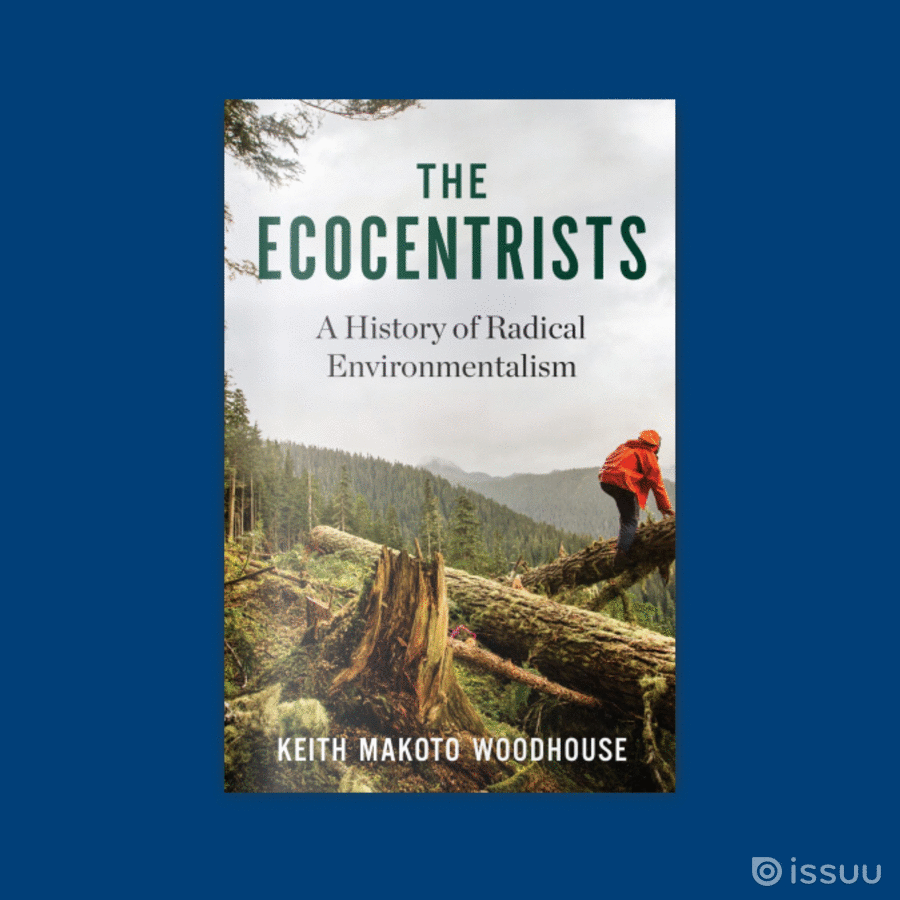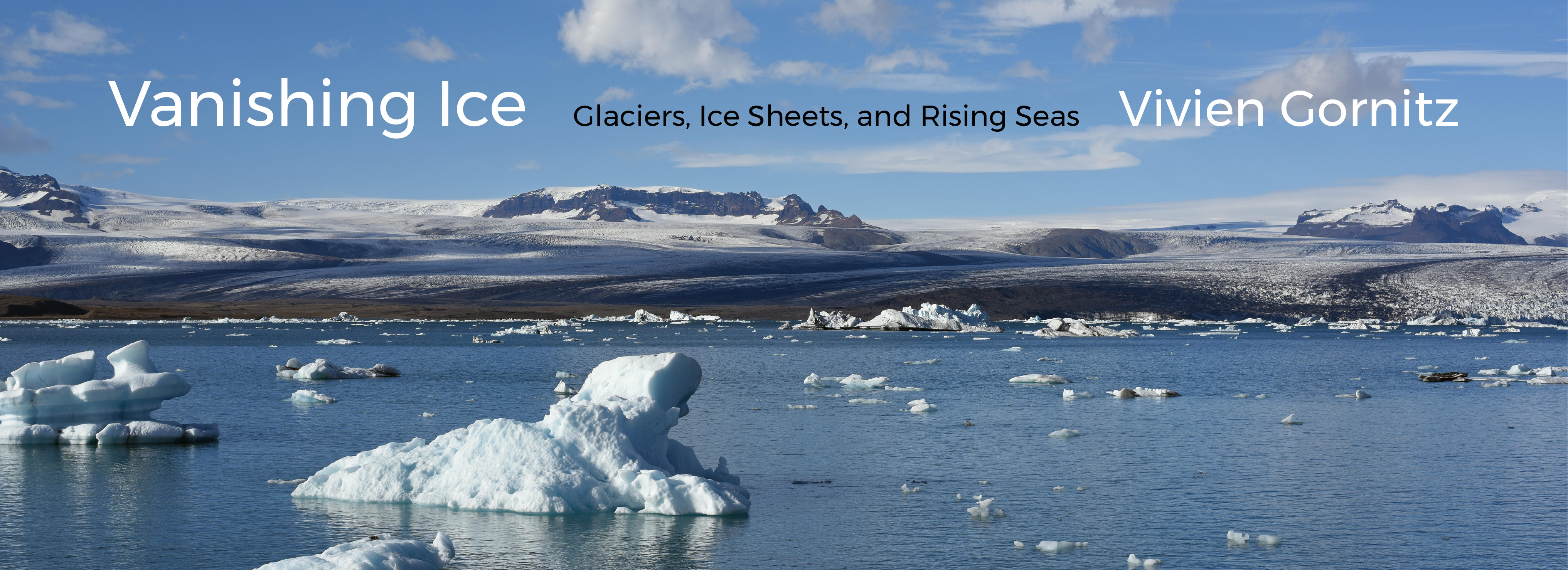Vivien Gornitz — Welcome to the Anthropocene
“To forestall these rapid planetary transformations from bringing civilization to the brink requires a solution to the impending climate and environmental crisis that transcends short-term fixes. It calls for a major paradigm shift.”—Vivien Gornitz
In the following excerpt from Rising Seas: Past, Present, Future, Vivien Gornitz argues that we are now in a new epoch in which human activity is having a profound impact on the environment:
Rising seas are just one symptom of a much larger unfolding environmental crisis—one manifestation of the multidimensional planetary changes now under way. We now live in the Anthropocene epoch—increasingly marked by the human touch. Ever since humanity first learned to control fire, people have transformed the Earth’s surface. The agricultural revolution further altered natural vegetation patterns. However, after the Industrial Revolution of the late 18th century, and increasingly so after the mid-20th century, people have become major environmental and geologic agents. We are reshaping the planet by literally moving mountains, diverting water flows, denuding forests, eroding soils, altering biogeochemical cycles (i.e., nitrogen and phosphorus overloading), acidifying the ocean, diminishing biodiversity, and changing the climate. Exponential population growth coupled with rapid economic and technological development drive this planetary transmutation, unparalleled in Earth’s history. As demand rises, growing scarcities of food, water, and mineral resources will increasingly stress our fragile environment.
Climate change brings additional stresses. Although some agricultural regions may benefit from a longer growing season resulting from additional warmth or extra rainfall, other regions stand to become drier or even turn into dust bowls. Crop yields may drop, unless more drought- resistant varieties can be developed in time. Elsewhere, soil fertility may decline due to erosion of topsoil. Groundwater mining may lower the water table enough to make pumping water for irrigation too costly (e.g., the Ogallala Aquifer in Oklahoma and Texas). Increasing saltwater encroachment due to sea level rise may render many fertile low-lying deltaic or coastal farmlands (e.g., the Sacramento–San Joaquin valley, California, the Mekong Delta, Vietnam, or the Ganges-Brahmaputra Delta, Bangladesh) increasingly unproductive.
To forestall these rapid planetary transformations from bringing civilization to the brink requires a solution to the impending climate and environmental crisis that transcends short-term fixes. It calls for a major paradigm shift. No longer can environmental and climatic consequences of industrial activities remain “externalities” outside of economic models, with nature a mere provider of resources to be exploited and extracted.
Nature works through the interactions of multiple complex processes. In the Anthropocene, the human imprint merges with Earth’s system operations. The new worldview embraces consilience—the unity of knowledge. It balances the dominant emphasis on economic growth with information from the environmental and earth sciences, as well as traditional human values.







